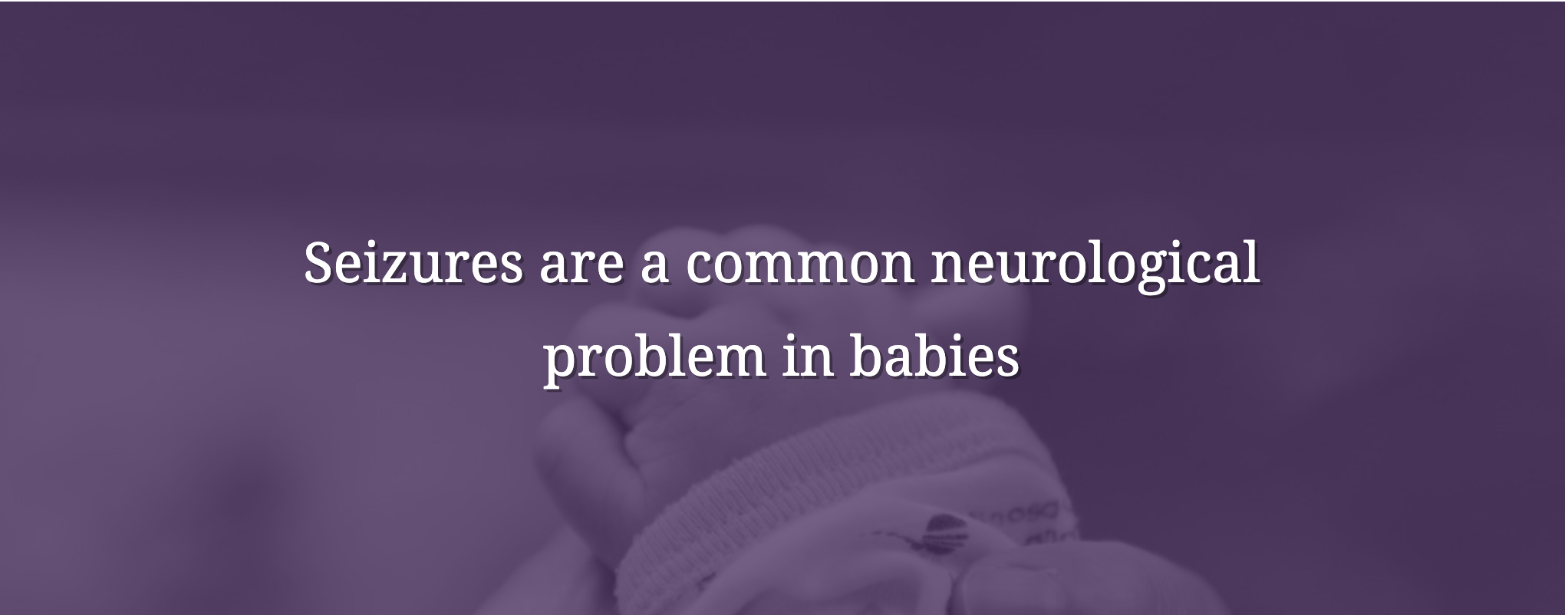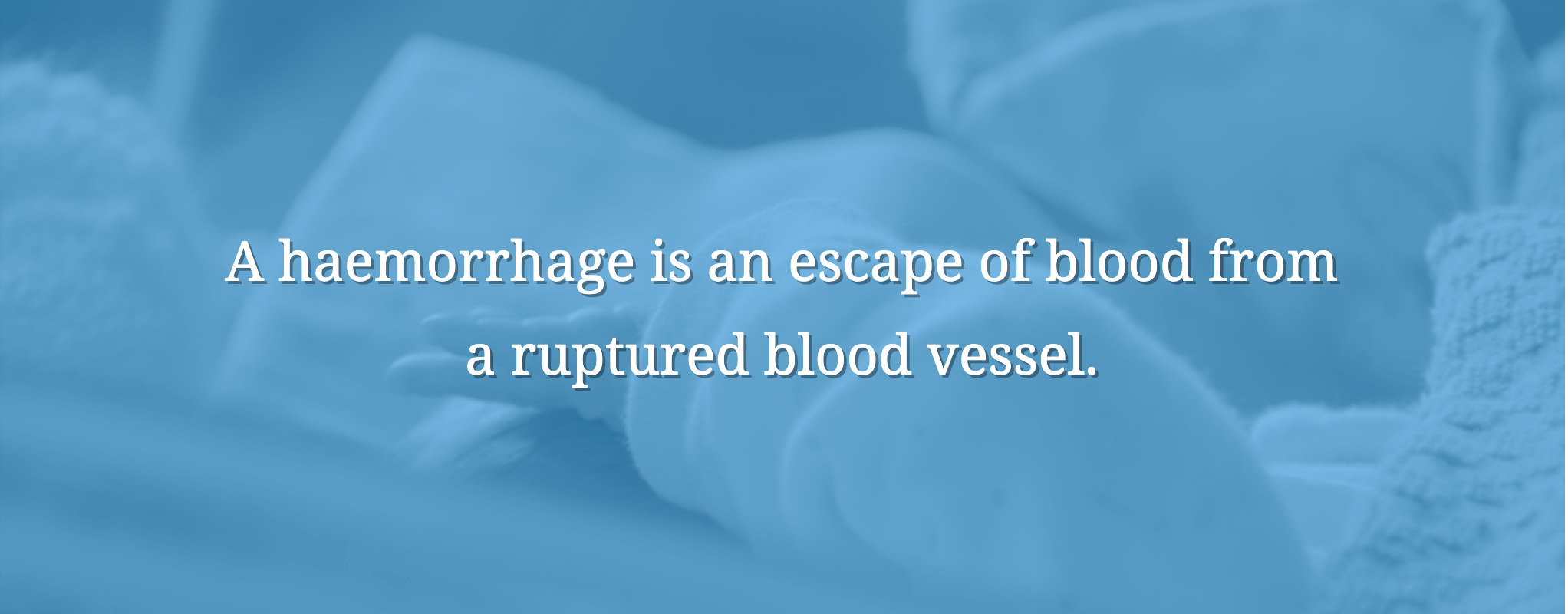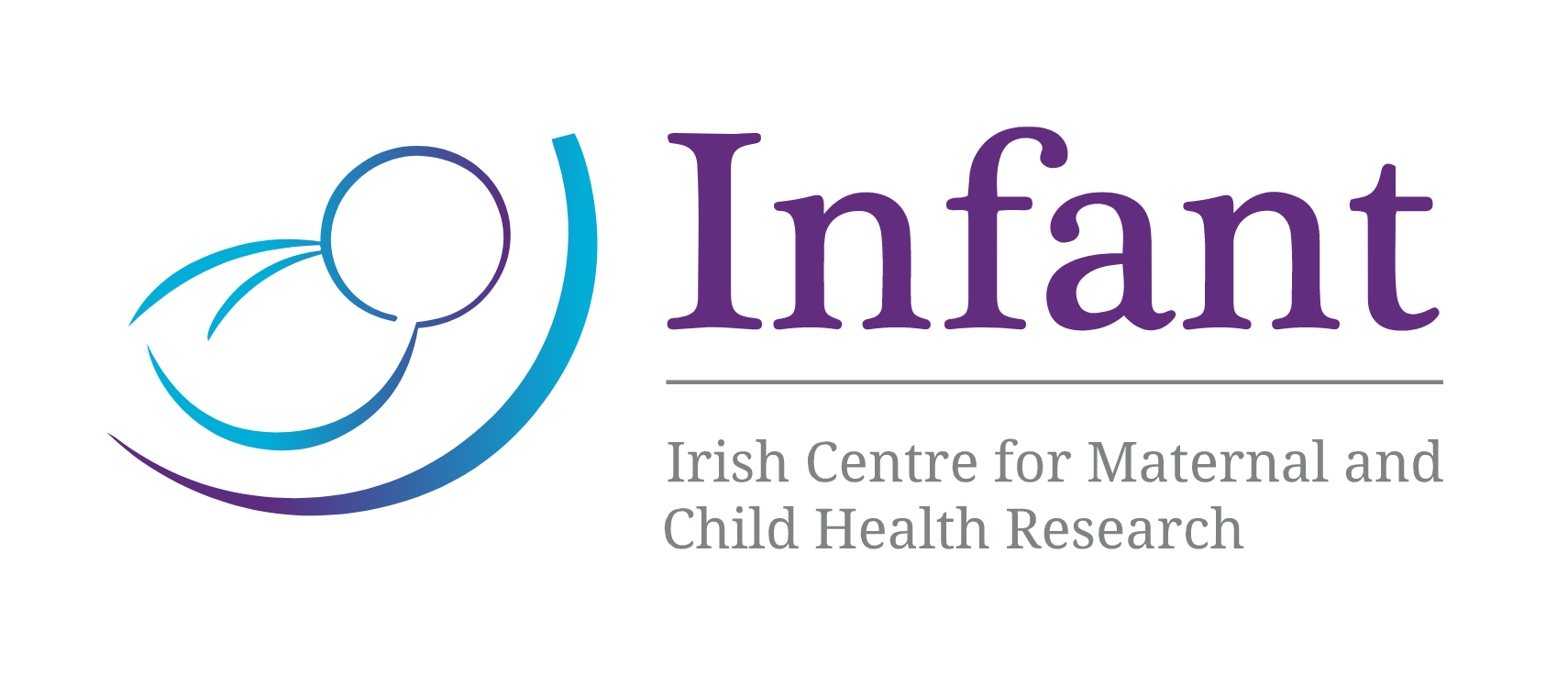Neurological Problems
Neurological problems in babies can occur for a variety of reasons, such as congenital or in utero reasons; asphyxia (oxygen deprivation); difficulty during labour or delivery such as physical trauma or asphyxia; as a result of prematurity and an underdeveloped nervous system; maternal infection; or severe neonate jaundice
Magnetic resonance imaging (MRI) and computed tomography (CT) scans are used to diagnose the brain injury and the extent of that injury. In addition, electroencephalography (EEG) can be used to measure the electrical activity of the brain and detect any seizure activity. Brain injury may cause a baby to have temperament or behavioural instability along with issues such as: trouble sleeping when lying down, excessive crying that is often high-pitched, feeding problems, and being excessively ‘fussy’ for no apparent reason.
The long-term effects of a brain injury are dependent on the severity of the injury: the duration of the trauma, and what part(s) of the brain were affected. Depending on the severity of the injury, your baby may experience the following: developmental delays requiring speech/occupational and behavioural therapies, epilepsy that requires medication, difficulties with physical mobility and flexibility, and/or psychological issues.

Hypoxia-Ischaemic Encephalopathy
Asphyxia, or oxygen deprivation, occurs when a baby is deprived of oxygen before, during, or after birth. Asphyxia is the most significant risk factor for Hypoxia-Ischaemic Encephalopathy (HIE). The body of a newborn baby can compensate for brief periods of depleted oxygen, but if this reduction in oxygen lasts too long and stores become critically low, HIE can occur and cause damage to brain tissue.
The resulting damage to the baby’s brain is dependent on the duration of oxygen deprivation and the part(s) of the brain that were deprived of oxygen. The prognosis of brain damage will worsen with more severe injuries and, in turn, will have a significant bearing on the symptoms the baby experiences. In general, if the baby experiences an injury that will have long-term consequences, the severity of impairment cannot be determined until the baby reaches three to four years of age. Although HIE occurs in preterm babies, it is more common in term babies.
HIE can be treated, or its severity lessened, using therapeutic hypothermia or ‘cooling’. This treatment has been shown to reduce the risk of long-term brain damage. This involves cooling the baby’s core body temperature down from 37 °C to 32.5 °C and keeping it at 32.5 °C for 72 hours. Therapeutic hypothermia is carried out by wrapping the baby in an electric cooling blanket in an open top incubator.
Cooling of the baby’s core body temperature allows their brain to heal. All the baby’s vitals are monitored closely to ensure that they are within the normal ranges. After 72 hours at 32.5 °C, the baby is slowly warmed up, at 0.5 °C per hour, to normal body temperature (37 °C). To follow up, a magnetic resonance imaging (MRI) scan and electroencephalogram (EEG) is then carried out to determine how successful the treatment was and to give an indication of the outcome.
Despite major advances in monitoring technology and treatment for brain injury such as EEG and therapeutic hypothermia, the exact timing and underlying cause of HIE remains unknown.

Seizures
Seizures are a common neurological problem in babies. The severity of the seizure and its long-term consequences vary depending on the exact cause of the seizure. Below are the most common causes of seizures:
- Haemorrhage: this is bleeding in the brain caused by the rupture of blood vessels in the brain. The severity of the haemorrhage depends on the amount of the brain affected by the bleed and the areas of the brain involved. An intraventricular haemorrhage (bleeding in the areas that produce cerebrospinal fluid) is a common form of haemorrhage experienced by babies.
- Cerebrovascular malformations: some malformations of certain parts of the brain, such as the Galen vein, can cause serious neurological problems.
- Hydrocephalus: this is the build-up of fluid inside the baby’s brain.
- Neural tube defects: this affects the spinal cord and brain, and leads to a variety of conditions such as Spina bifida.
- Periventricular leukomalacia: this is when the white tissue of the brain dies or is damaged. This is generally associated with premature births, difficult births, or infection in the womb.
When imagining seizures, one generally thinks of jerky movements, but not all seizures can be seen visually, and sometimes the normal jerky movements of a preterm baby may be interpreted as a seizure and vice versa. Therefore, a specialised doctor called a paediatric neurologist is required to diagnose seizures.
Neurologists use a number of procedures to diagnose the occurrence of a seizure. One method is called electroencephalography (EEG). This measures the electrical activities of the brain and allows the doctor to identify seizure activity and possibly the origin of that activity. If your baby has an EEG, a number of electrode/wires will be attached to their scalp.
Their scalp will be prepared and a small amount of gel will be used to attach a number of electrodes to different areas of their scalp. The trace (or recording) from each electrode corresponds to a different area of the brain. This procedure is safe and painless to your baby.
A combination of EEG monitoring and video surveillance/observation is now considered the best method to identify a seizure: this is the gold standard for identifying them. This is the approach used in the neonatal unit of Cork University Maternity Hospital. What defines a normal/abnormal pattern of brain electrical activity in the newborn is becoming more clear, but some areas of uncertainty still exist.
This is why specially trained paediatric neurologists are required to interpret newborn EEG electrical trace patterns. Ongoing research in this area has created a computerised program that can interpret the recordings of the EEG in order to accurately and quickly identify the occurrence of seizures.
There are a number of procedures that will be carried out, along with EEG to confirm the presence of seizures. The results from these procedures will be pieced together to identify the baby’s condition. In addition to EEG, your baby may undergo clinical examinations (observation); pathological investigations such as blood tests or a lumbar puncture; and a cranial ultrasound.
The results from these tests sometimes reveal the need to start antibiotics and/or start treatment that will correct metabolic instabilities. During these treatments, EEG monitoring will continue to determine if these treatments have reduced or eliminated the seizures.
Anticonvulsants are medications used to control seizures. Commonly used anticonvulsants are phenobarbital, phenytoin, clonazepam, paraldehyde, and Keppra. Once treatment begins, EGG and observation may be continued to determine your baby’s progress. When your baby is stable, they will be re-assessed after one month of treatment. Phenobarbital is usually stopped after two months and a decision to carry out magnetic resonance imaging (MRI) is made by the consultant in charge.

Brain Haemorrhage
A brain haemorrhage is the rupturing of vessels in the brain causing bleeding. In general, a small haemorrhage does not cause long-term problems but if a larger haemorrhage or bleed happens, it will need to be monitored through regular ultrasounds.
Larger bleeds may limit the amount of oxygen and blood going to certain parts of the brain. Sometimes, the flow of cerebro-spinal fluid (CSF) from the brain to the spinal cord can be blocked by the clots formed from the bleeding. The cells in that area of the brain then become damaged or die, and a small fluid filled pocket (cyst) forms there instead. Exactly how this will affect your baby will depend on where this cyst is formed and its size. Your doctor will keep you updated with what is happening and what it might mean for your baby.
Intraventricular Haemorrhage
Intraventricular haemorrhage (IVH) is the name given to a bleed in the brain. Tiny, fragile vessels in the brain of the premature baby can bleed easily. The more premature the baby, the greater the risk of IVH occurring. It is not known how to prevent IVH, but it can be detected by carrying out cranial (head) ultrasounds. These cranial ultrasounds are routinely performed on premature babies at intervals as they grow and develop. There are four stages of IVH; grade I (mild) to grade IV (severe). The outcome of an IVH will be dependent on its grade and on each individual baby.
